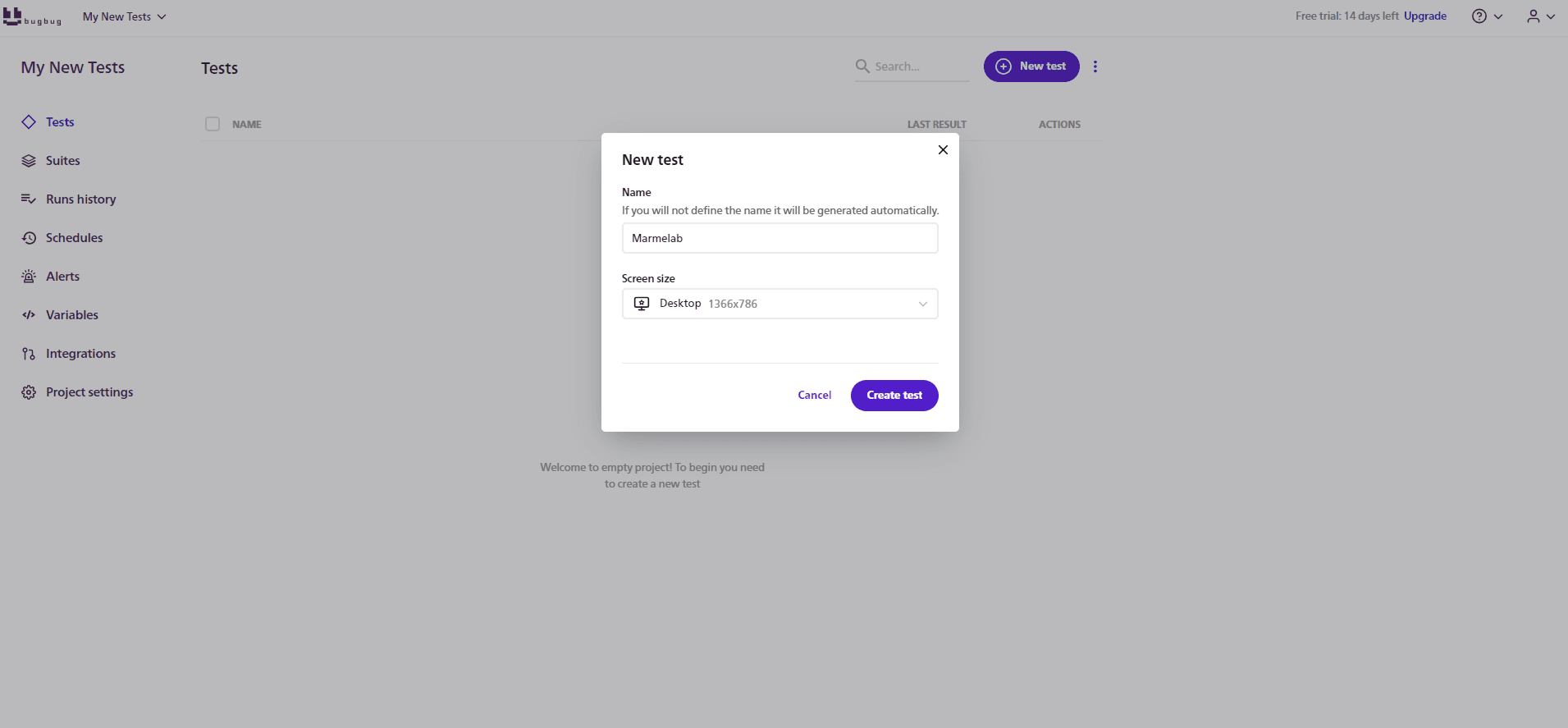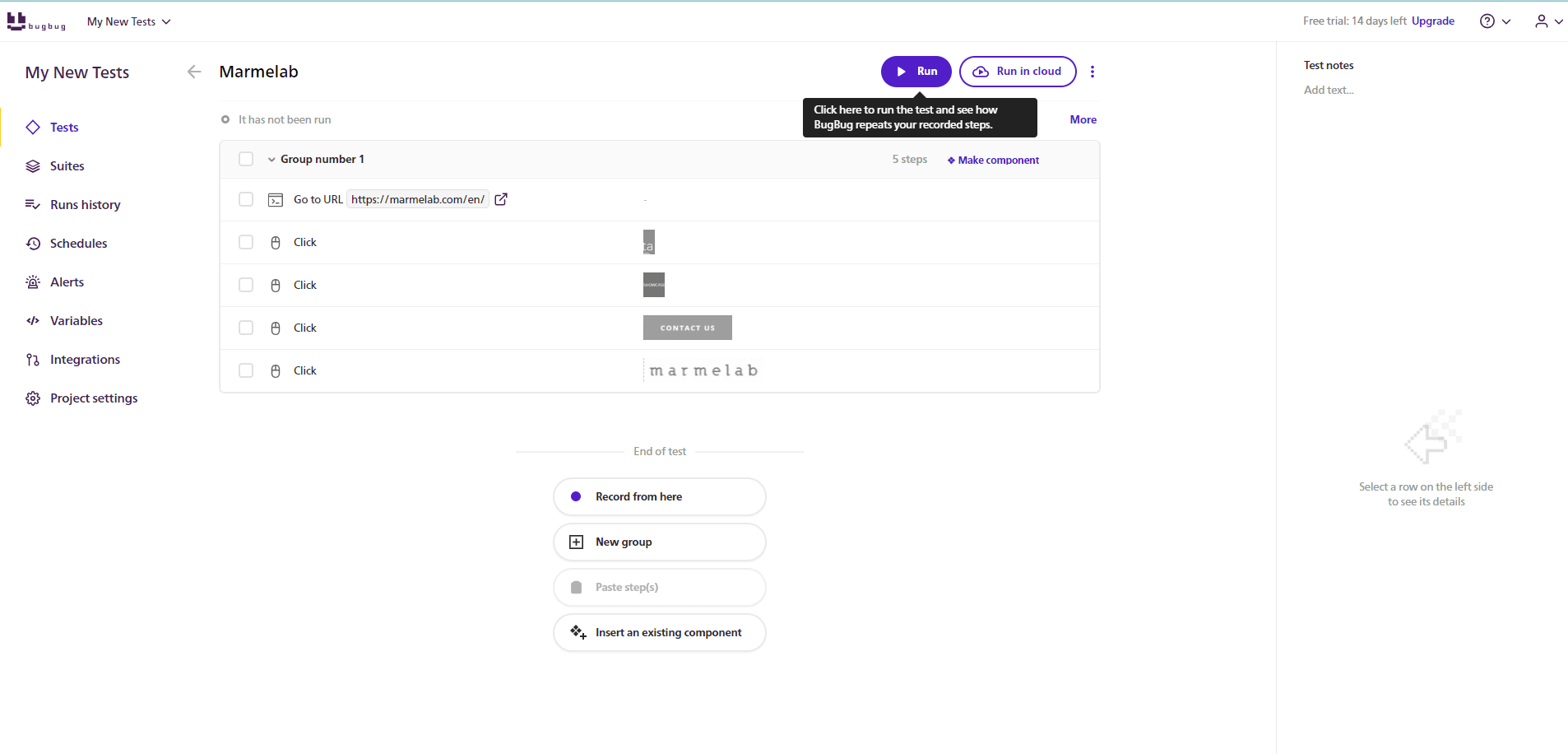Software testing is a crucial aspect of the software development life cycle, ensuring that applications meet the desired requirements and function correctly. Among the various testing methodologies available, one approach that has gained significant popularity is Atomic Test Cases. This comprehensive guide will explore the concept, differences from end-to-end automation, the advantages they offer, provide test ui automation examples, and present best practices for managing them.
What is an Atomic Test Case?
The term "atomic" emphasizes the small and independent nature of these tests, where each test validates the behavior of a specific unit or functionality without relying on external dependencies or interactions with other units. This approach focuses on testing a single feature, small, and discrete functionality of a software application.
The objective is to thoroughly validate the behavior and correctness of a particular feature or function. Unlike other testing methodologies that might involve testing multiple functionalities simultaneously. Having two assertions in a test can be beneficial, especially when you need to check multiple properties of an object simultaneously.
This situation often arises when an object has two or more related properties. By including multiple assertions in the same test, you can ensure that all the relevant properties are properly validated, providing a more comprehensive and efficient testing approach.
Automate your tests for free
Test easier than ever with BugBug test recorder. Faster than coding. Free forever.
Get started
When to Create Atomic Test?
Unit Testing
Unit tests focus on validating the functionality of a single unit in isolation, making them inherently atomic.
Isolated Functionality
By keeping the scope of the test limited to a single feature, you can better identify and address any issues that arise. When an atomic test fails, it won't hinder the testing of other functionalities. For example, if the mentioned test fails at the third step, it might prevent you from proceeding to test the blog page or the search functionality. In such cases, if you don't have other tests to check these functionalities independently, your coverage will be reduced due to non-atomic tests.
Independent Test Cases
Atomic tests are particularly useful when you want each test to be independent of one another. Each test should be self-contained and not rely on the success or failure of other tests. This helps in maintaining test stability and allows for parallel test execution.
The failure of an atomic test is limited to the specific functionality being tested. It doesn't impact the testing of other functionalities within the application. This is because atomic tests are designed to focus on isolated units or features, ensuring that issues are identified precisely and resolved efficiently.
Precise Defect Identification
If you need to pinpoint the exact source of defects, atomic tests are invaluable. Since atomic tests focus on specific functionalities, any failure will directly indicate the problematic area, making debugging and fixing easier.
Regression Testing
For regression testing, where you need to ensure that changes or bug fixes do not introduce new issues, atomic tests are beneficial. They allow you to verify the targeted functionalities quickly and efficiently after modifications.
Fast Feedback Loop
Atomic tests enable a faster feedback loop as they are smaller and quicker to execute. This is especially helpful during development, where developers can receive rapid validation of their code changes.
Automate your tests for free
Test easier than ever with BugBug test recorder. Faster than coding. Free forever.
Get started
Differences Between Atomic Test Cases and Other Methodologies
Scope
Atomic Testing focuses on testing a single, small, and discrete functionality of a software application in isolation. The scope is limited to one unit or component of the application. Other methodologies, such as integration testing, system testing, and end-to-end testing, may have broader scopes. They involve testing multiple functionalities and interactions between different units or components.
Dependencies
Writing atomic tests is designed to run independently without relying on the success of other test cases or external factors. They are self-contained and isolated. In contrast, other testing methodologies may have dependencies on the successful execution of previous cases or the availability of specific resources. They might require interactions between multiple components to assess the overall system behavior.
Granularity
Atomic approach to testing is highly granular and specific, focusing on minute details of a particular functionality. They aim to test individual units thoroughly. Other methodologies may have coarser cases that cover broader functionalities or interactions between multiple components. They might not delve into the fine-grained details of each unit.
Test Environment
Automated atomic tests often utilize a controlled test environment where external factors are minimized or simulated. The environment is tailored to focus solely on the functionality being tested. Other methodologies may require more complex and real-world-like test environments to assess how different components interact under various conditions.
Objectives
The primary is to thoroughly validate the behavior and correctness of a specific feature or function. They aim to identify defects and issues specific to that functionality. Other methodologies have broader objectives, which may include assessing overall system performance, integration between components, and user experience across the entire application.
Test Coverage
Atomic cases encourage comprehensive testing of each functionality in isolation, ensuring that no aspect of the unit goes untested. Other methodologies may focus on achieving test coverage across different levels of the application, considering how various components interact and behave together.
Advantages of Atomic Tests
- Enhanced Bug Identification: In this approach you can excel at locating defects at the unit level. This precision helps in quickly identifying and rectifying issues, resulting in higher software quality.
- **Isolation of Issues: **By focusing on one functionality at a time the tester can isolate issues. This makes debugging and fixing problems more efficient.
- Easier Maintenance: Atomic Tests are smaller and more manageable, making them easier to maintain and update when changes occur in the application.
- Faster Feedback Loop: Running smaller and focused test steps can lead to a faster feedback loop and execution time, allowing developers to receive quick validation on their changes.
Automate your tests for free
Test easier than ever with BugBug test recorder. Faster than coding. Free forever.
Get started
Check Login Functionality with Bugbug
We could verify that the login functionality accepts valid credentials, rejects invalid ones, and handles error scenarios. Removing login screens from tests to make them atomic can be achieved by using javascript session data or bypassing the login process through the UI interactions testing tool. BugBug tool gives us the opportunity to set independent test in few steps:
- Log in and create a new test on bugbug.io

- Enter the URL of the web app or website that you want to test

- Click "Start recording" - if you installed the extension, the incognito Chrome browser window should appear

-
Carefully click the elements to navigate - each click will be recorded automatically
-
Create single test
If we want to check login functionality of the website we would be tempted to check every step of logging process:
login to an admin panel --> check if the user exists --> enter the website
However all those steps should be checked just in one test. You can't split them because one of the tests would need to wait until the first is finished. Independent end-to-end tests do not rely on their order and they have no dependencies between them.
Simply create a single test with all of these steps, no dependencies, no problems.
- When you are ready with the test case click the Finish and close button in the overlay menu on the right

- Now run the test to see if everything was correctly recorded


Automate your tests for free
Test easier than ever with BugBug test recorder. Faster than coding. Free forever.
Get started
Best Practices for Atomic Test Case Management
- Use descriptive names that clearly indicate the functionality being tested.
- Ensure Tests are concise and address only one functionality to maintain clarity and simplicity.
- Make sure each case can run independently without dependencies on other ones or the order of execution.
- Focus on high-priority functionalities and critical code paths.
- Continuously review and update as the software evolves to reflect changes in functionality and requirements.
- Automate test cases. Whenever possible use automation tools to test data more efficiently.
Conclusion
In summary, Atomic Testing offers a powerful testing approach by being extremely focused on individual functionalities in isolation. Its precision, independence, and targeted nature make them an effective means of identifying and resolving defects efficiently. You can enhance the overall quality of your software and deliver more robust and reliable applications to end-users.
Atomic Test Cases are highly focused, independent, and granular test cases that target individual functionalities in isolation. They offer precision in defect identification and allow for thorough validation of specific features.
On the other hand, other testing methodologies cover a broader scope, involving interactions between multiple components, and may have dependencies on the success of other test cases or external factors. Each testing methodology has its strengths and use cases, and the choice of approach depends on the specific requirements of the software testing process.
Happy (automated) testing!



